How Many Eggs Do Hens Really Lay? Factory Farms Vs. Natural Conditions
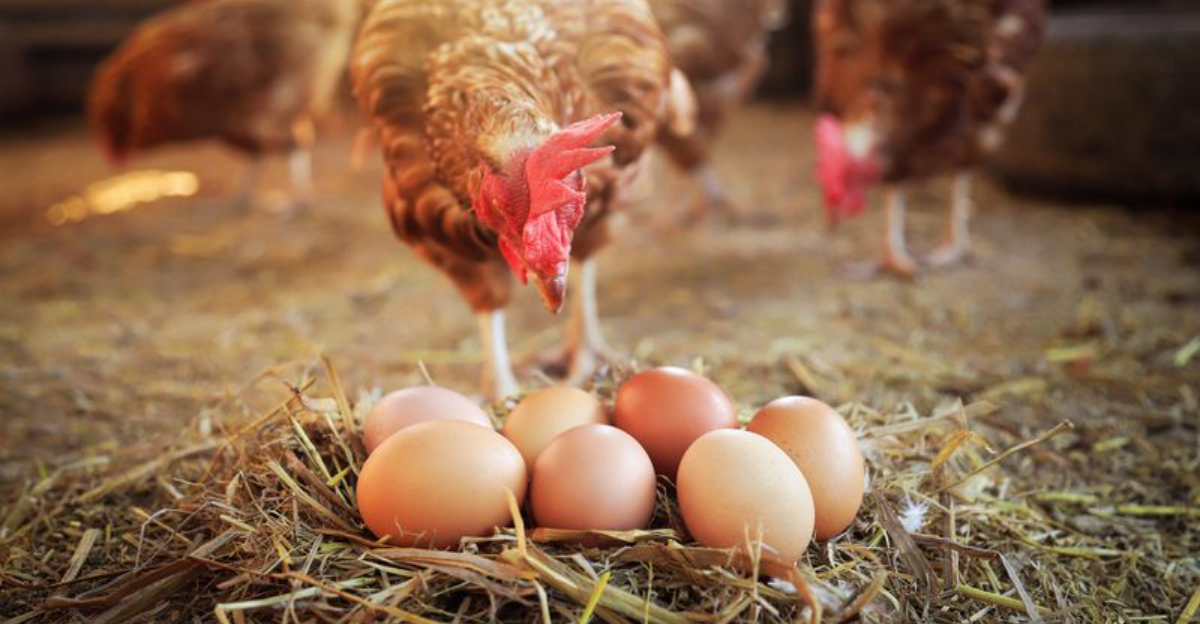
Ever wondered about the eggs on your breakfast plate? Wild chickens naturally lay just 10-15 eggs yearly, while today’s farm hens produce a staggering 250-300 eggs annually.
This dramatic difference reveals how modern farming practices have transformed chicken biology, raising important questions about animal welfare and what’s natural for these feathered creatures.
1. Egg Production Varies By Breed
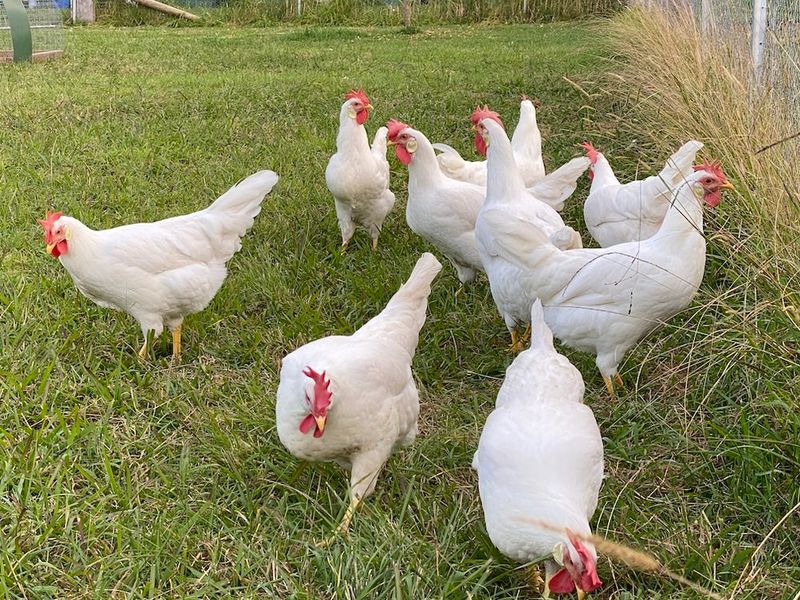
Some chicken breeds are egg-laying superstars! Leghorns might deliver 280-320 eggs yearly, while ornamental breeds like Silkies produce a modest 100 eggs.
This genetic difference explains why farmers carefully select specific breeds for commercial production. Heritage breeds typically lay fewer but often more nutritious eggs.
2. Age Impacts Laying Frequency

Young hens begin their egg-laying career around 18-22 weeks of age, hitting peak production during their first year.
Productivity naturally declines by about 10% annually thereafter. A first-year hen might lay 5-6 eggs weekly, while her three-year-old counterpart manages just 3-4 eggs in the same timeframe.
3. Factory Hens Lay More Often
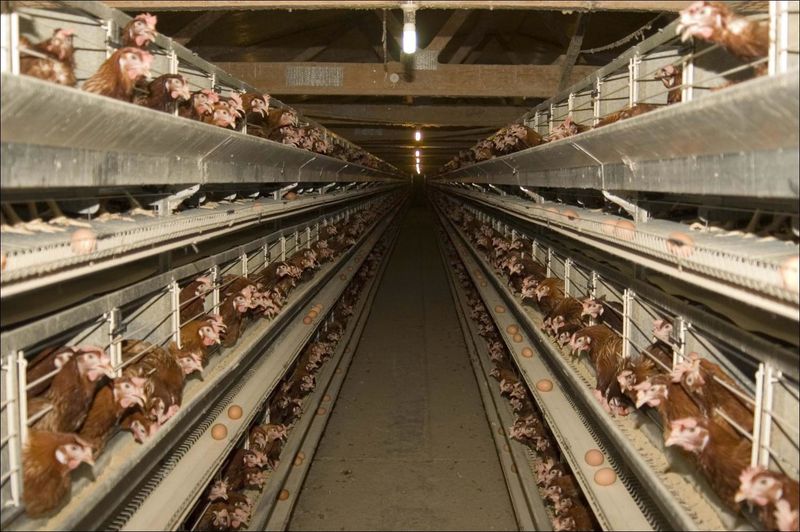
Inside industrial facilities, hens live under artificial conditions designed to maximize output. Controlled lighting tricks their bodies into constant production mode.
These birds rarely experience natural seasons or daylight patterns. The result? Factory hens produce eggs at nearly triple the rate their ancestors would in natural settings.
4. Natural Hens Take Breaks
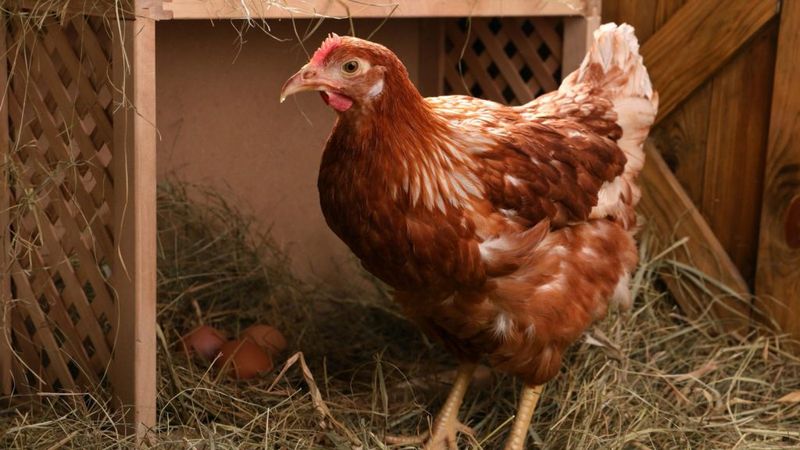
Wild chickens follow nature’s rhythm! They typically lay eggs during spring and summer when daylight hours increase and food becomes plentiful.
Come fall and winter, egg production naturally slows or stops completely. This seasonal break allows their bodies to rest and recover, unlike their factory counterparts who rarely get such reprieves.
5. Light Exposure Influences Laying

Chicken brains contain a special light-sensitive gland that triggers egg production when days grow longer. Smart farmers manipulate this biological response by maintaining artificial 14-16 hour “days” year-round.
Wild hens, meanwhile, respond to natural daylight patterns, laying mostly during spring and summer’s extended daylight hours.
6. Stress Reduces Egg Output
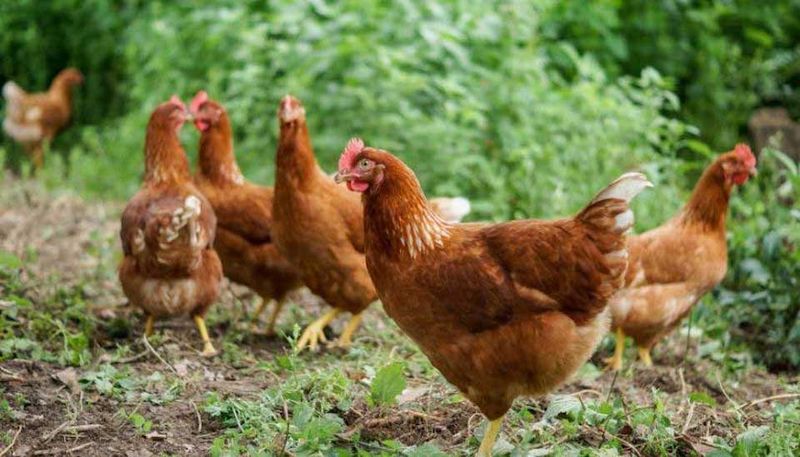
Chickens are surprisingly sensitive creatures! Loud noises, predator threats, or social hierarchy changes can halt egg production for days.
Factory farms minimize these stressors through controlled environments, while free-range hens experience more variable conditions. Backyard chicken keepers often notice their hens stop laying during household disruptions or when new birds join the flock.
7. Nutrition Affects Egg Count
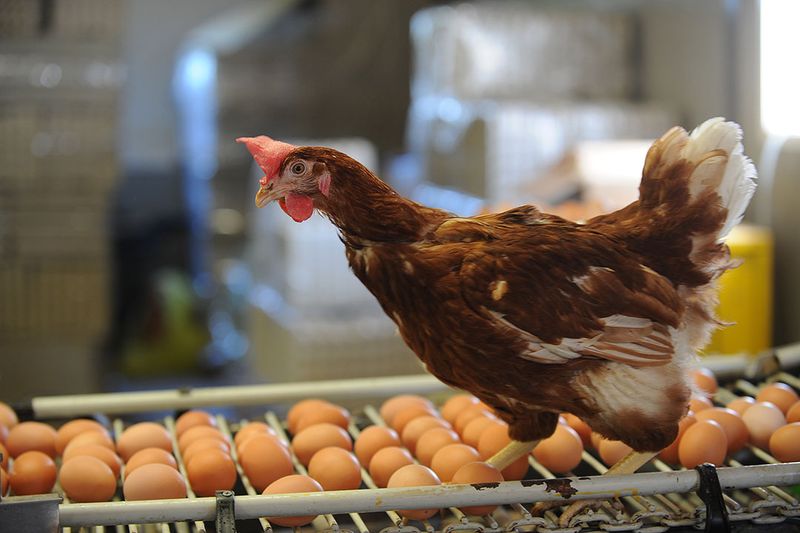
Quality feed translates directly to egg quantity! Hens require about 20 grams of protein daily to maintain steady production.
Calcium deficiency quickly leads to thin-shelled or fewer eggs. Factory farms provide precisely formulated feed, while free-range hens supplement commercial feed with insects, plants, and seeds they forage – creating more nutrient-diverse eggs.
8. Molting Pauses Egg Production

Annually, hens undergo a remarkable transformation – replacing nearly every feather on their bodies! This natural process, called molting, temporarily halts egg-laying as energy redirects to feather growth.
Wild hens molt gradually over 8-12 weeks. Factory farms sometimes force-molt hens through food restriction to extend their productive lifespan, a controversial practice.
9. Backyard Hens Lay Fewer Eggs
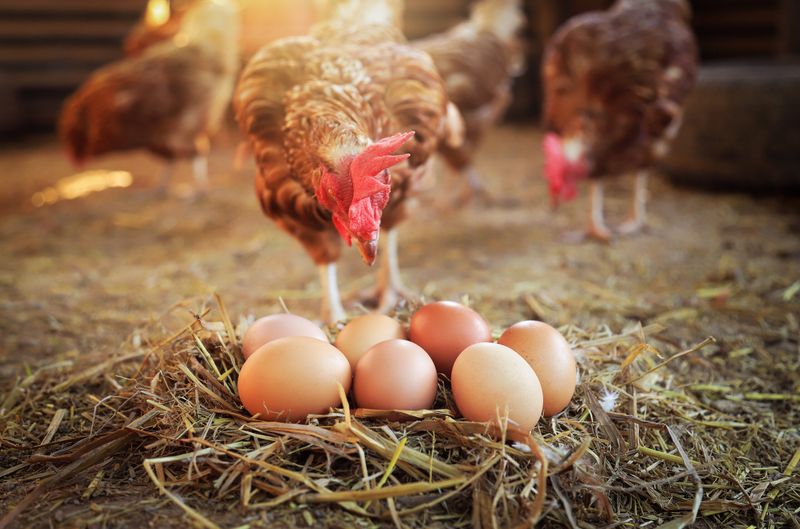
Your neighbor’s backyard flock produces significantly fewer eggs than commercial operations – typically 150-200 annually per hen versus 300+ in factories.
This lower output happens because backyard birds experience natural light cycles, seasonal changes, and less controlled diets. Many chicken keepers appreciate this natural rhythm, even if it means fewer breakfast omelets!
10. Hormones Are Not Used In Eggs
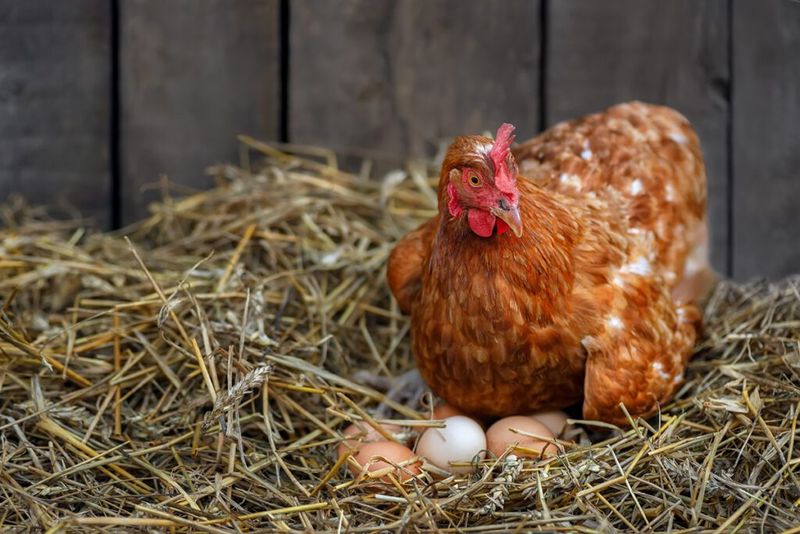
Contrary to popular belief, egg-laying hens in the US aren’t given hormones – they’re actually prohibited by law! The impressive egg output comes from selective breeding and environmental manipulation, not added chemicals.
Over decades, farmers have selected hens with genes for higher production, essentially creating super-layer chicken breeds through old-fashioned genetic selection.
11. Lifespan Of Laying Varies
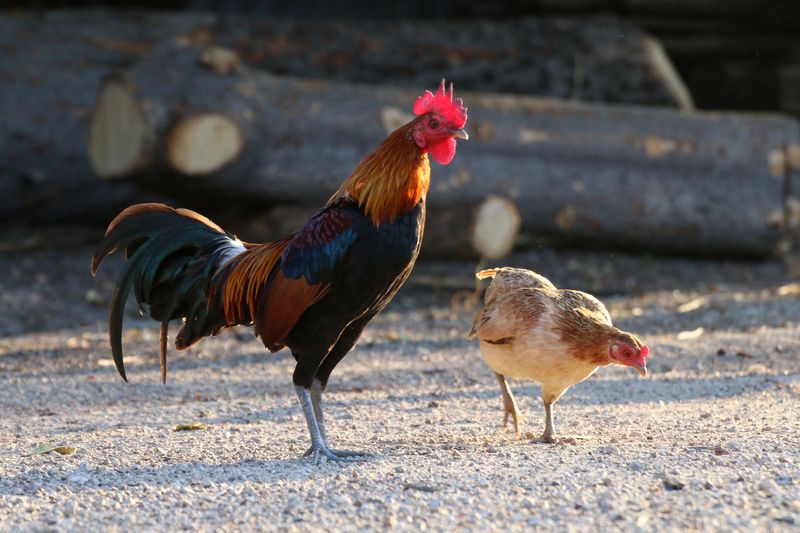
While chickens can naturally live 8-10 years, commercial layers typically face retirement after just 18-24 months when their production declines.
Backyard hens often enjoy longer careers, laying fewer but steady eggs for 3-4 years. The intense production demands of factory farming take a physical toll, leading to earlier “retirement” for commercial birds.
12. Laying Declines After Peak Years
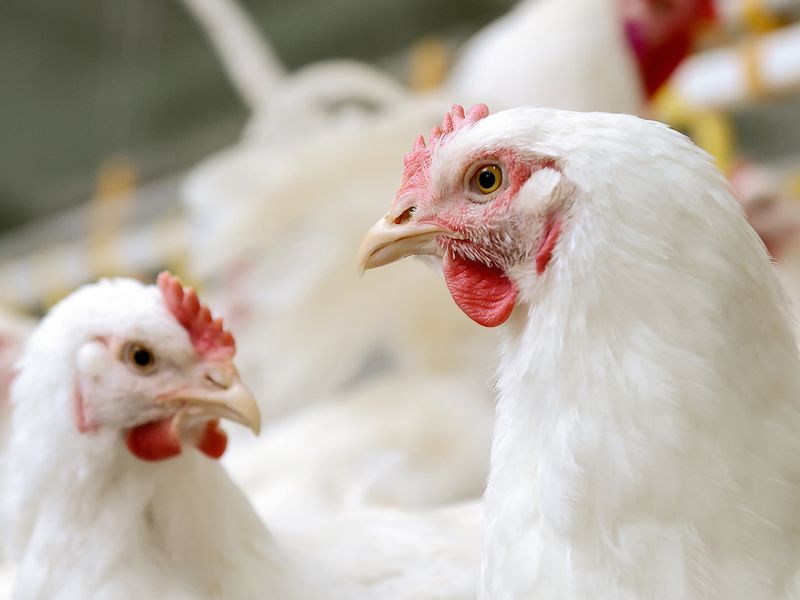
A hen’s most productive egg-laying days don’t last forever. After her first spectacular year, production gradually tapers by approximately 10-15% annually.
Many commercial operations replace their entire flock yearly to maintain maximum output. Meanwhile, homesteaders often keep older hens for their larger, more nutritious eggs despite reduced frequency.
13. Hens Don’t Need Roosters To Lay
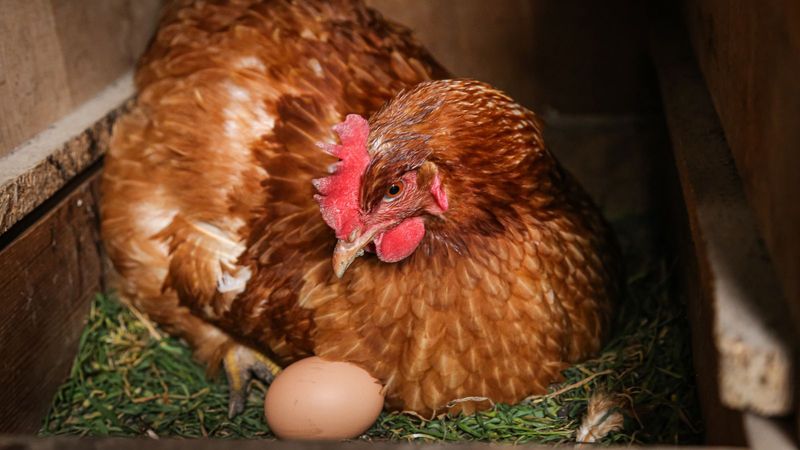
Surprise! Hens produce eggs regardless of whether a rooster struts around the yard. The difference? Eggs without rooster influence remain unfertilized – they’ll never hatch into chicks.
This biological fact allows commercial egg operations to maintain all-female flocks, eliminating the aggressive behavior roosters sometimes display while maintaining full egg production.
14. Factory Conditions Shorten Lifespan

The mathematical equation is sobering: higher egg production equals shorter chicken lives. Factory hens often develop calcium depletion, reproductive tract issues, and bone fractures from constant laying.
These health challenges typically lead to “spent hen” status by age two. In natural settings, the same chicken might live 5-8 more years, albeit producing fewer eggs.






